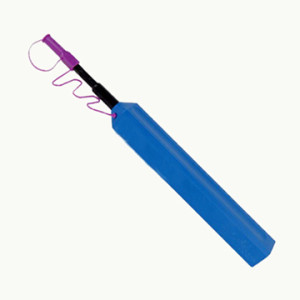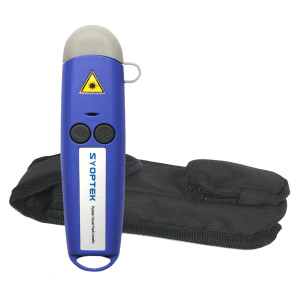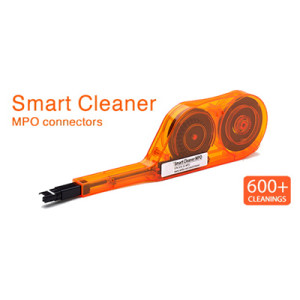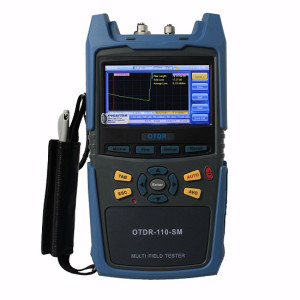SYOPTEK introduces One-Click Cleaner M16. SYOPTEK’S M16 One-Click Cleaner Cleans MIL-PRF-29504/5 & MIL-PRF-29504/4 1.6mm terminus in MIL DTL 38999 connectors.
The One-Click Cleaner is an easy-to-use option for cleaning connectors in adapters. Simply insert the One-Click Cleaner into an adapter and push until an audible “click” is heard. The One-Click Cleaner uses the mechanical push action to advance an optical grade cleaning tape while the cleaning tip is rotated to ensure the fiber end-face is effectively, but gently, cleaned.
The One-Click Cleaner is a must-have for field technicians. Small enough to fit in a shirt pocket and a great addition to cleaning kits.
Save your wrist – no more twist!
Features:
• Ergonomic, comfortable design with single action cleaning
• Precise mechanical action delivers consistent cleaning results
• Effective on a variety of contaminates including dust and oils
• Automatically advance ensures each clean is performed with fresh cleaning tape
• Low cost per clean
• Compliant with EU/95/2002/EC Directive (RoHS)
Applications:
• Cleans connectors on jumpers and in adapters
• Cleans a wide variety on connector types: MIL-PRF-29504/5 and MIL-PRF-29504/4 1.6mm terminus in MIL DTL 38999 connectors





